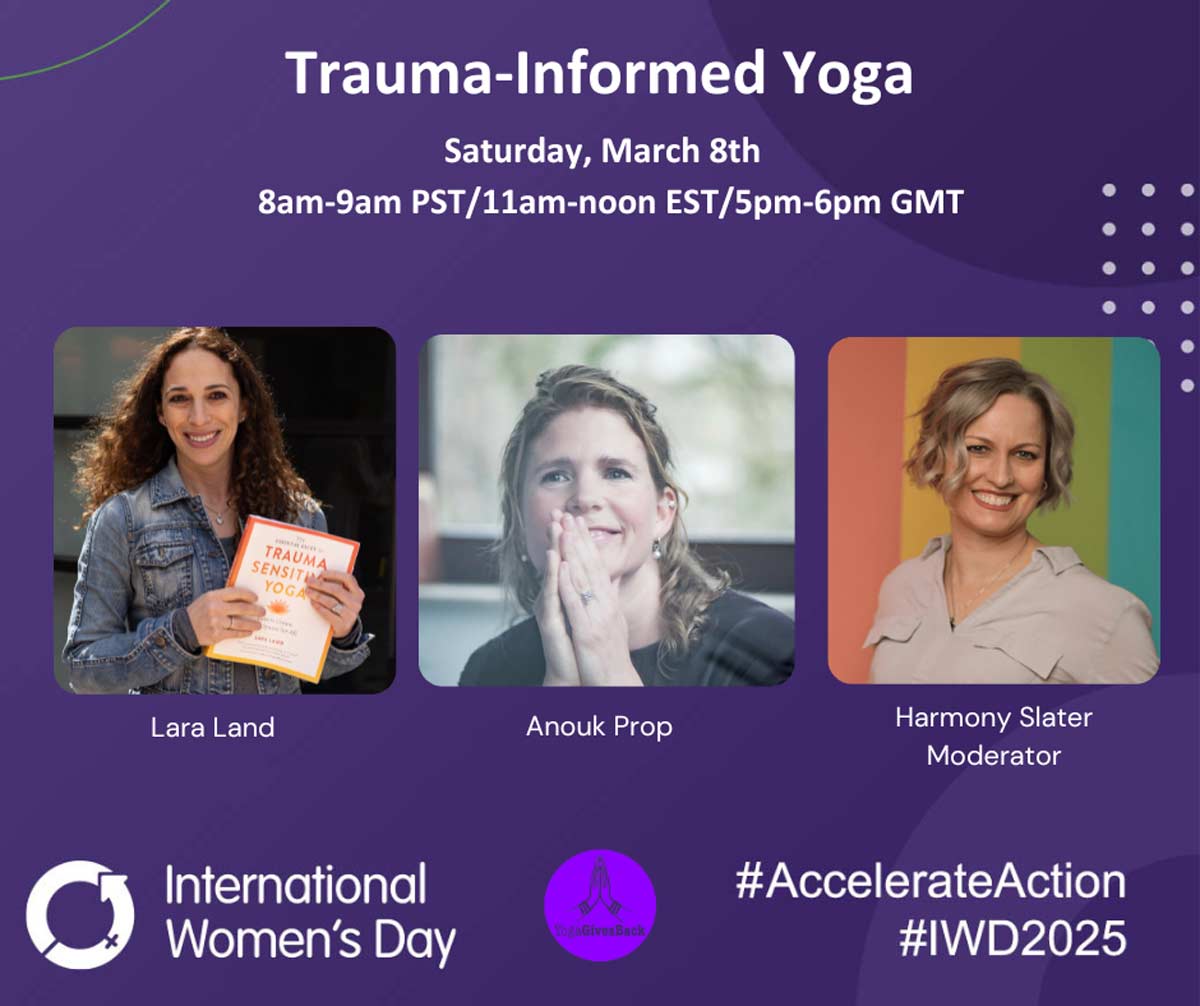
Exploring the Healing Power of Energy: Dr. Jamil Sayegh’s Holistic Approach to Health
In the ever-evolving world of healthcare, the focus on holistic practices has grown significantly.
Among the forefront leaders in this field is Dr. Jamil Sayegh, an expert in energy medicine and holistic health. Dr. Sayegh combines traditional medicine with energy healing to offer a truly integrative approach to health. His unique methods emphasize the interconnectedness of the mind, body, and energy, recognizing that true healing begins when all these elements work in harmony.
Energy Healing: Unlocking the Body’s Innate Healing Powers
At the heart of Dr. Sayegh’s approach lies a fundamental belief: the body has an innate ability to heal itself, but sometimes the flow of energy is obstructed, preventing that healing from taking place. Dr. Sayegh practices and teaches a variety of techniques designed to remove these blockages and restore balance within the body’s energy system.
Energy medicine focuses on the idea that the body’s energy fields can become disrupted due to stress, trauma, or negative thought patterns. By aligning and rebalancing these fields, Dr. Sayegh believes individuals can tap into their body’s natural healing abilities. This can lead to profound physical improvements, even in conditions that have not responded well to conventional treatments.
The Mind-Body Connection and Physical Healing
Dr. Sayegh’s work is not just about treating symptoms; it’s about addressing the root cause of physical ailments. His practice integrates mind-body techniques that engage both the conscious and subconscious aspects of the self. By doing so, he is able to identify and clear the energetic blocks that contribute to various health challenges, from chronic pain to emotional distress.
Testimonies from Dr. Sayegh’s patients are a testament to the effectiveness of his methods. Many have shared stories of healing from long-standing issues, such as autoimmune diseases, chronic fatigue, and even conditions that were once deemed irreversible by conventional medicine. Through the power of energy healing, Dr. Sayegh is helping individuals rediscover their vitality and restore their bodies to a state of balance and well-being.
The Path to a Healthier, More Balanced Life
Energy healing is not a one-size-fits-all approach; it’s tailored to the individual’s unique needs and experiences. Dr. Sayegh’s method focuses on holistic healing by not only addressing physical ailments but also by cultivating mental, emotional, and spiritual well-being. This multi-faceted approach ensures that clients receive the most effective care possible while fostering a deep connection to their own healing process.
Dr. Jamil Sayegh on the Beyond Trauma Podcast
Dr. Jamil Sayegh is joining me on the Beyond Trauma with Lara Land podcast to dive deeper into his holistic approach to health. In this upcoming episode, we’ll discuss the fascinating interplay between energy and physical well-being. Dr. Sayegh will share his insights into how aligning one’s energy can lead to profound physical healing, tapping into the body’s innate ability to heal from the inside out.
Through compelling testimonials, Dr. Sayegh will illustrate the effectiveness of energy medicine in overcoming a wide range of health challenges. We’ll explore the principles of energy healing and discuss how removing obstacles in the body’s energy system can pave the way for a healthier, more balanced life.
Join us as we take a deeper look into the transformative power of energy medicine and discover how this holistic approach can revolutionize your path to healing.
Listen to the episode here when it airs—you won’t want to miss it!






Recent Comments